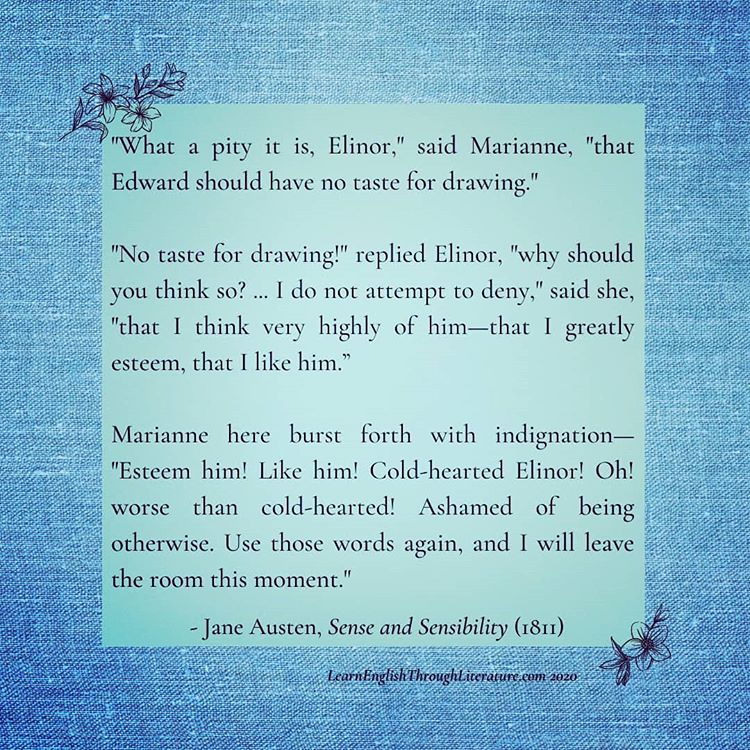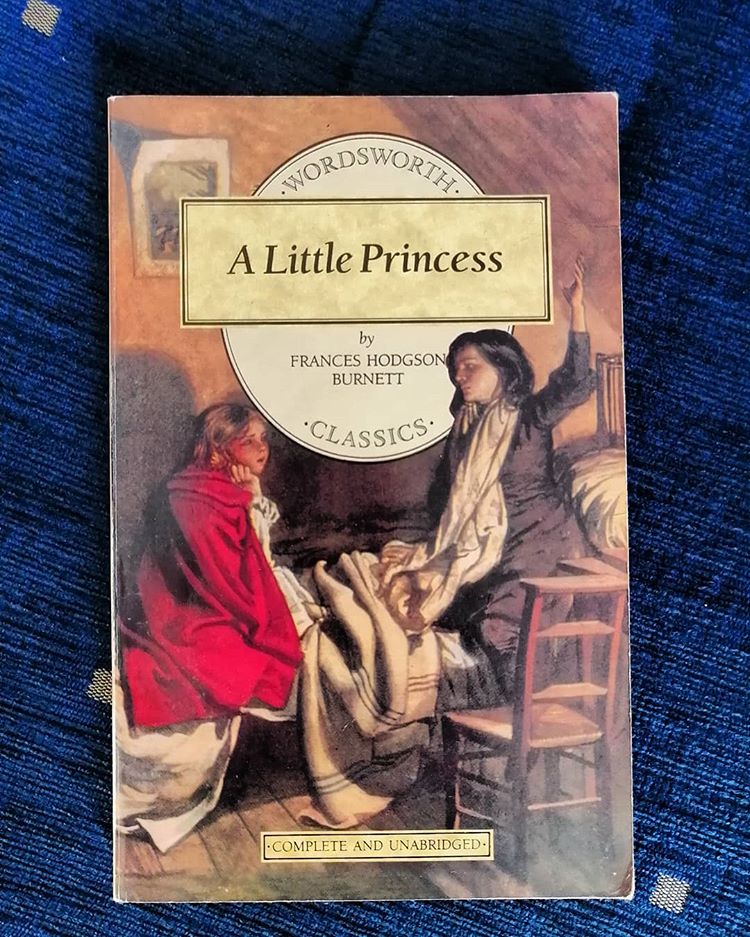Lesson #144: Five Small But Important ‘Fruits’ Gathered From Gaskell’s ‘North And South’
I thought it would be nice for a change to take a short text from a classic and analyse it in today’s lesson. So I have the pleasure of re-introducing one of my top favourite novels, North and South by Elizabeth Gaskell (1810-1865), having been inspired today by this biscuit tin which I bought last year when I […]
Lesson #144: Five Small But Important ‘Fruits’ Gathered From Gaskell’s ‘North And South’ Read More »






